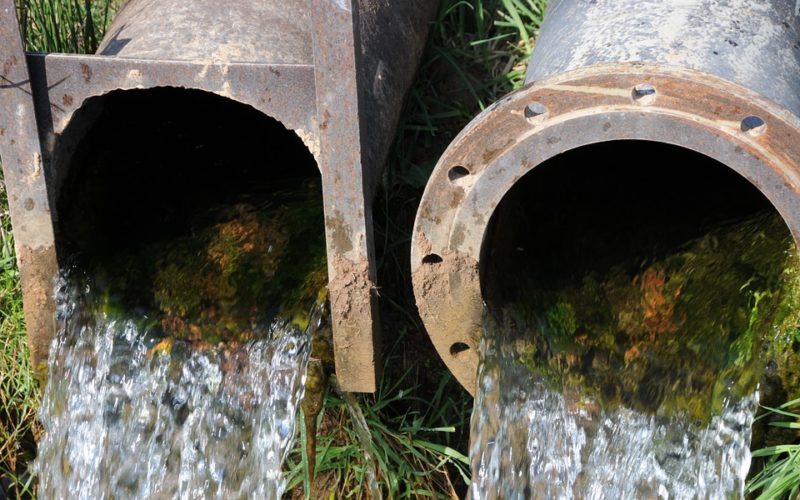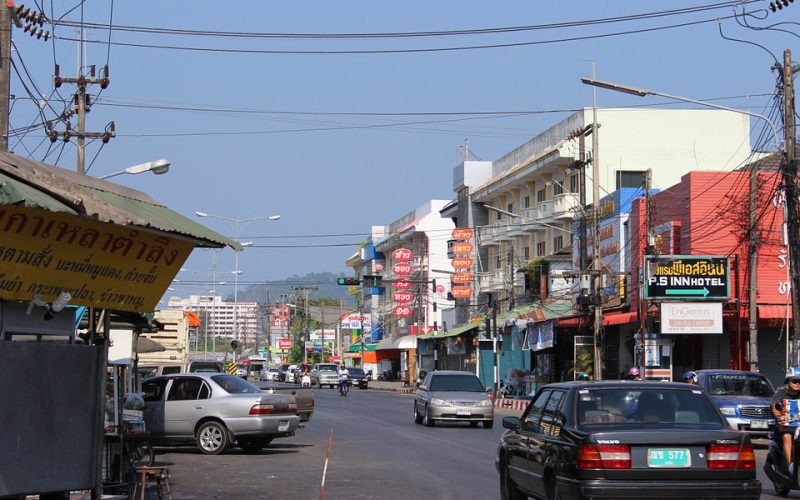Potholes are more than just an annoyance for drivers; they represent a significant issue for road infrastructure and public safety. The damage caused by these seemingly minor imperfections in the road can lead to substantial repair costs, not only for the maintenance of the roads themselves but also for the vehicles that traverse them daily.
The impact on road safety
One of the most immediate concerns raised by the presence of potholes is road safety. Potholes pose a hazard to drivers and cyclists alike, as they can cause loss of vehicle control, leading to accidents. For cyclists, an encounter with a pothole can result in severe injuries if it causes a fall. Even pedestrians are at risk, as they might not notice a pothole while crossing a street and trip. Ensuring that roads are free from these dangerous pitfalls is crucial for safeguarding all who travel on them.
Potholes and vehicle damage
Vehicles suffer considerably from repeated exposure to potholes. Tires, wheels, and suspension systems can all sustain damage from hitting a pothole at high speed. For the drivers, this means facing unexpected repair bills and possibly having to replace parts long before their expected lifespan. Regular maintenance checks become all the more necessary to mitigate the effects of pothole damage, thus increasing vehicle maintenance costs for owners.
Economic implications
The economic impact of potholes cannot be understated. They are not just a problem in terms of individual expenses; they also have broader economic implications. Road repairs require significant investment from local governments, which can strain budgets and lead to funding being diverted from other crucial projects. The wear and tear on vehicles contribute to decreased economic efficiency, as businesses face higher transportation costs, potentially leading to increased prices for consumers.
Effect on traffic flow and congestion
Potholes contribute to traffic congestion as well. Drivers slowing down to avoid damaging their cars can cause bottlenecks and reduced traffic flow. In urban areas, where road space is already at a premium, this can significantly lengthen commute times and contribute to increased levels of pollution due to idling engines. Efficient traffic movement is essential for the economic vitality of cities, making the repair of potholes a key priority for maintaining the rhythm of urban life.
The challenge of timely repairs
One of the primary issues with pothole management is the challenge of carrying out timely repairs. Identifying and fixing potholes swiftly is crucial to prevent them from growing larger and causing more damage. However, budget constraints, staffing issues, and poor weather conditions can all delay the repair process. Innovative repair techniques and materials are being developed to address potholes more effectively, but these require investments in technology and training that may be difficult for some jurisdictions.
Preventive measures and solutions
The best approach to managing potholes is through prevention. Regular road maintenance and quality construction from the outset can reduce the occurrence of potholes. Today, many governments are considering the use of smart technology to detect road imperfections before they become a bigger problem. Public reporting systems also play a role in creating a collaborative effort between citizens and authorities to tackle the pothole problem head-on.
While potholes are often viewed as a minor annoyance, their real-world impacts are extensive and costly. From road safety issues to economic burdens, the ripple effect of these road damages is felt across the community. Tackling this problem effectively requires not only efficient repair methods and consistent maintenance but also a proactive approach to road design and construction. With the development of more durable materials and smart detection systems, there is hope that the pothole issue can be addressed more effectively in the future, leading to safer and smoother journeys for all.























